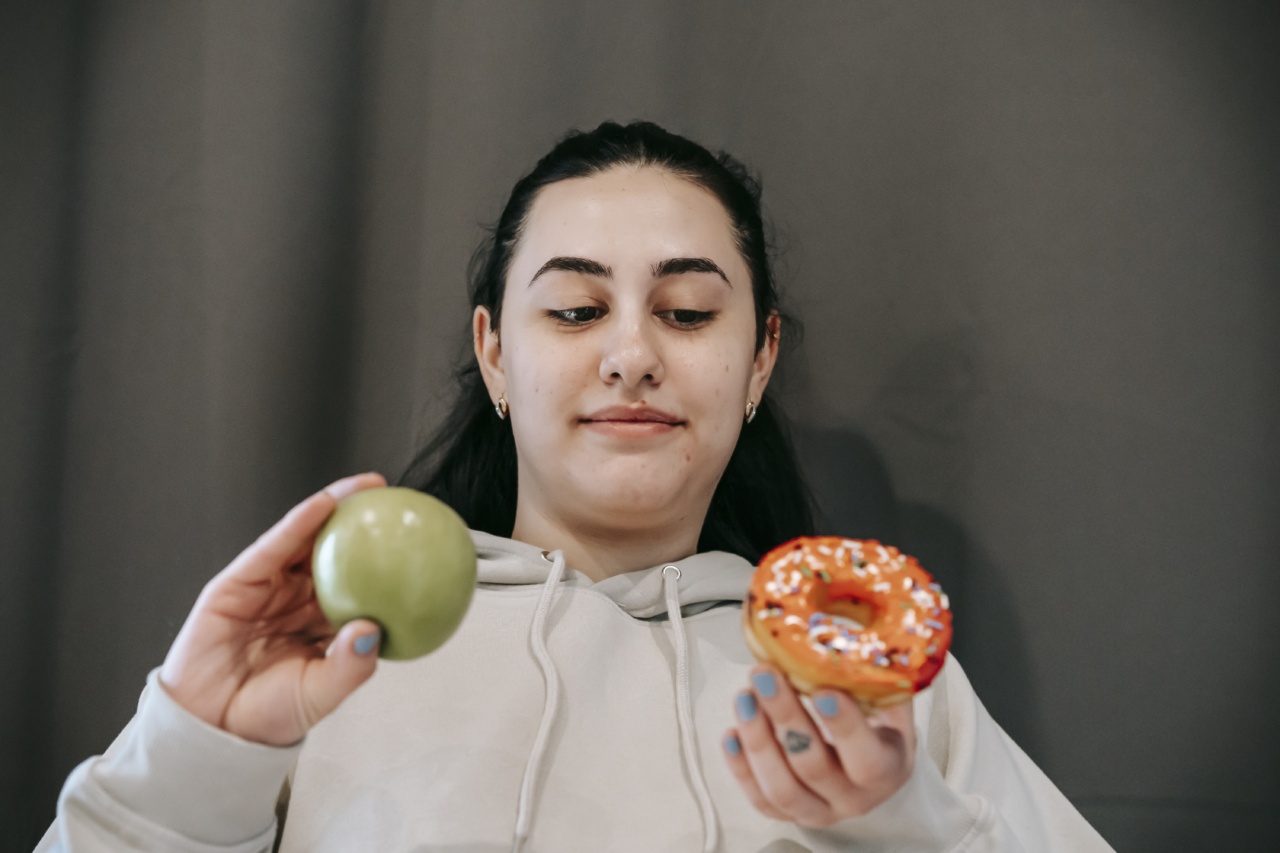Anticoagulant injections are an essential treatment modality used to manage blood clots in patients with medical conditions such as deep vein thrombosis, pulmonary embolism, and atrial fibrillation.
While these injections are effective, they can be challenging to administer and carry the risk of side effects such as bruising, pain, and bleeding. Fortunately, there are alternative options that patients can explore if they need to avoid anticoagulant injections or want to try different treatment options.
Alternative Medications
Warfarin, a well-known oral anticoagulant, is the traditional treatment for blood clotting disorders.
However, newer oral anticoagulants such as apixaban, dabigatran, and rivaroxaban are available with fewer inconsistencies and necessitate fewer fluctuations in dosing. Unlike injectable anticoagulants, these medications do not require a subcutaneous or intramuscular injection. Instead, patients take them orally, often once or twice a day, depending on the medication.
While these medications may have similar side effects to traditional anticoagulants, they can be easier to use and administer.
Compression Stockings
For patients who cannot tolerate or do not want to take oral anticoagulants, compression stockings are an effective alternative. Mechanical compression helps prevent blood from pooling in the legs, reducing the risk of blood clots in the deep veins.
Compression stockings come in various strengths and styles, from knee-high to thigh-high stockings. Compression devices can also be added- in some instances- to help pump blood back up into the heart and lungs.
Dietary Changes
An alternative non-medication option to treat blood clotting disorders is to adjust your diet. Eating a diet rich in fruits, vegetables, and whole grains can reduce the chance of developing a blood clot.
Foods high in fiber, such as whole wheat bread, oats, and brown rice, prevent constipation, which can increase pressure and cause blood clots. In contrast, foods high in saturated and trans fats, such as fried or processed foods, should be limited. High levels of carbohydrates in the body may also lead to blood clots.
Physical Activity
Physical activity can help reduce the risk of blood clots by increasing blood flow in the body. Engaging in regular exercise, such as walking, swimming, or cycling, can reduce the risk of cardiovascular diseases and blood clots.
Prolonged periods of sitting or bed rest can increase the risk of blood clots, so frequent walking and stretching routines should form a part of your daily lifestyle.
Supplements
The use of supplements can aid in blood clot prevention, such as Vitamin E and C, Omega 3 fatty acids, Aspirin, and Garlic supplements. Vitamin E and C supplements are potent antioxidants, which helps reduce the risk of blood clots.
Omega 3 fatty acids occur naturally in fish oil and can reduce blood clots by decreasing inflammation in blood vessels. Aspirin is a blood-thinning medication that can reduce the risk of blood clots, but it must be used cautiously and under the supervision of a physician when taken regularly.
Garlic supplements have been shown in studies to have antithrombotic effects produced through numerous mechanisms, such as inhibiting platelets, reducing total cholesterol levels, and increasing fibrinolytic status.
Lifestyle Changes
Lifestyle changes can significantly reduce the risk of blood clots. Individuals who smoke cigarettes and use tobacco products have an increased risk of blood clots and cardiovascular diseases.
Therefore, it is recommended that patients refrain from smoking to lower their overall risk of developing blood clots. Adequate hydration is also essential in reducing blood clots. Patients should avoid long periods of inactivity and should move or stretch their legs to promote circulation.
Conclusion
Anticoagulant injections are necessary treatments in managing blood clotting disorders such as atrial fibrillation, pulmonary embolism, and deep vein thrombosis.
However, there are alternative treatment options, varying from medication to lifestyle changes, for patients who cannot tolerate or do not want to receive anticoagulant injections. It’s essential to speak with a physician to determine the best course of treatment for blood clotting disorders.































